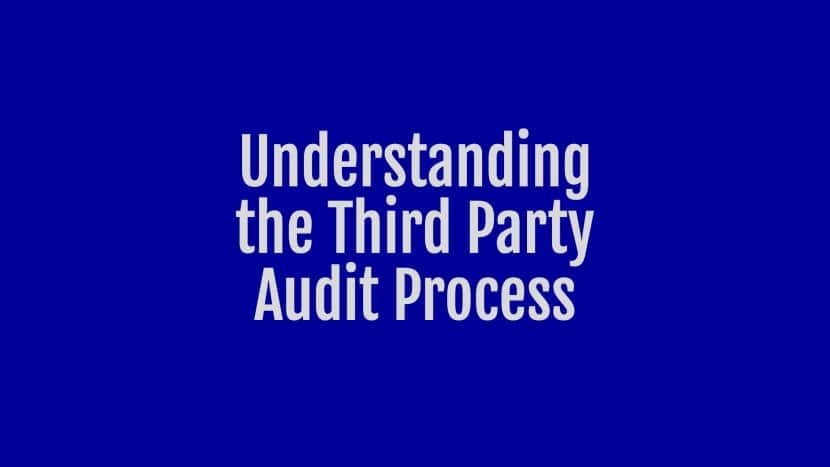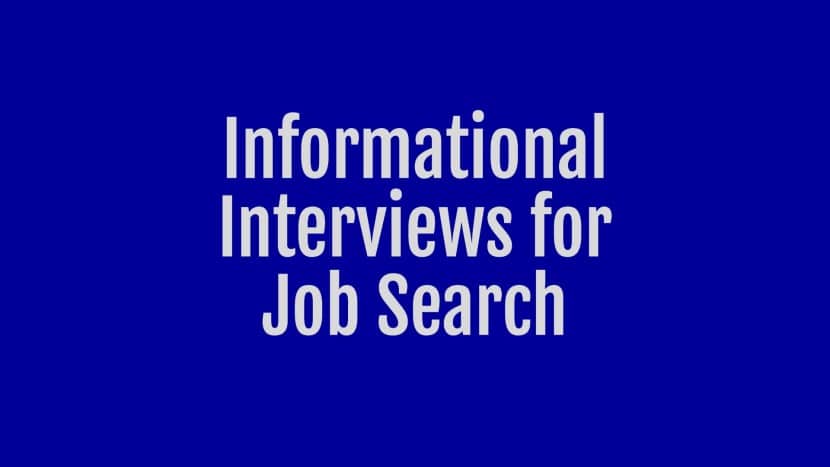Organizations often rely on external vendors to provide various services and support in today’s interconnected business landscape. While outsourcing certain functions can bring numerous benefits, it also introduces potential risks to an organization’s security. This is where third party audits and vendor audits play a crucial role in ensuring the safety and integrity of sensitive data and systems.
A third party audit is an independent assessment conducted by an external party to evaluate the security practices and controls implemented by vendors. It aims to identify any vulnerabilities or weaknesses that may pose a threat to the organization’s data and operations. On the other hand, a vendor audit focuses specifically on assessing the security measures implemented by external vendors to ensure they meet the organization’s requirements and standards.
The importance of these audits cannot be overstated, as they serve as a proactive approach to mitigating potential risks and ensuring the security of an organization’s assets. By conducting thorough audits, organizations can gain valuable insights into the security posture of their vendors and make informed decisions regarding their partnerships.
The Role of Third Party Audit
Third party audits play a crucial role in evaluating the security practices of external vendors. These audits are conducted by independent entities that have the expertise and knowledge to assess the effectiveness of a vendor’s security controls and processes. The primary purpose of a third party audit is to ensure that vendors are implementing adequate security measures to protect the organization’s sensitive data and systems.
One of the key benefits of conducting third party audits is the identification of vulnerabilities and weaknesses in a vendor’s security infrastructure. By thoroughly examining the vendor’s systems, processes, and controls, auditors can pinpoint potential areas of concern that may pose a risk to the organization. This allows the organization to take proactive measures to address these vulnerabilities and strengthen their overall security posture.
Moreover, third party audits help organizations ensure compliance with industry regulations and standards. Many industries, such as healthcare, finance, and technology, have specific security requirements that vendors must adhere to. By conducting regular audits, organizations can verify that their vendors are meeting these requirements and maintaining a high level of security.
For example, in the healthcare industry, third party audits are essential to ensure compliance with the Health Insurance Portability and Accountability Act (HIPAA). HIPAA mandates that healthcare organizations and their business associates implement appropriate safeguards to protect patient health information. By conducting third party audits, healthcare organizations can verify that their vendors are compliant with HIPAA regulations and adequately protecting patient data.
Third party audits are not limited to specific industries. Many organizations across various sectors rely on these audits to gain assurance about the security practices of their vendors. This includes industries such as manufacturing, retail, and telecommunications. By conducting third party audits, organizations can establish trust and confidence in their vendor relationships, knowing that their partners are committed to maintaining a secure environment.
The Vendor Audit Checklist
The vendor audit checklist is a comprehensive tool that organizations use to assess the security practices and controls implemented by their external vendors. It serves as a structured framework to evaluate various aspects of vendor security and ensure that vendors meet the organization’s requirements and standards.
A well-designed vendor audit checklist includes several key components that cover different areas of security. These components help auditors assess the effectiveness of a vendor’s security measures and identify any gaps or weaknesses that need to be addressed. Some of the essential components of a vendor audit checklist include:
- Risk Assessment: This component focuses on evaluating the vendor’s risk management practices. It involves assessing the vendor’s identification and assessment of risks, as well as their mitigation strategies. By conducting a thorough risk assessment, organizations can identify potential vulnerabilities and determine the level of risk associated with the vendor’s services.
- Data Protection Measures: This component examines the vendor’s data protection practices and controls. It includes evaluating the vendor’s data encryption methods, access controls, data backup and recovery processes, and data retention policies. Auditors assess whether the vendor has implemented appropriate measures to protect the organization’s data from unauthorized access, loss, or theft.
- Incident Response Plans: This component focuses on assessing the vendor’s incident response capabilities. It involves reviewing the vendor’s incident response plans, procedures, and protocols to ensure they are well-defined and effective. Auditors evaluate whether the vendor has established a clear incident response team, defined escalation procedures, and implemented measures to minimize the impact of security incidents.
It is important to note that the vendor audit checklist should be tailored to specific industry requirements and organizational needs. Different industries may have unique security requirements and regulations that vendors must comply with. Therefore, the checklist should reflect these specific requirements to ensure that vendors meet the necessary standards.
For example, in the financial industry, vendors may be required to comply with the Payment Card Industry Data Security Standard (PCI DSS). The vendor audit checklist for financial organizations would include specific criteria related to PCI DSS compliance, such as assessing the vendor’s cardholder data environment, network security, and secure payment processing.
Real-life examples of vendor audit checklists can provide valuable insights into their effectiveness. One such example is the Vendor Security Assessment Checklist developed by the Cloud Security Alliance (CSA). This checklist covers various aspects of vendor security, including governance, risk management, data protection, and incident response. Organizations can use this checklist as a reference to assess their vendors’ security practices and drive improvements.
By using a vendor audit checklist, organizations can ensure that their vendors meet the necessary security requirements and mitigate potential risks. It provides a structured approach to evaluating vendor security and helps organizations make informed decisions about their vendor partnerships.
Best Practices for Vendor Audits
When conducting vendor audits, it is essential to follow best practices to ensure the effectiveness and efficiency of the audit process. These best practices help organizations establish a strong foundation for vendor security assessments and ensure that the audits yield accurate and actionable results.
1. Clear Communication and Collaboration: Clear communication and collaboration between auditors and vendors are crucial for a successful audit. It is important to establish open lines of communication from the beginning, ensuring that both parties understand the objectives, scope, and expectations of the audit. Regular communication throughout the audit process helps address any questions or concerns and fosters a collaborative approach to improving security.
2. Regular Audits and Ongoing Monitoring: Conducting regular audits and implementing ongoing monitoring processes are essential for maintaining continuous security compliance. Regular audits help organizations stay updated on the vendor’s security practices and identify any changes or gaps that may arise over time. Ongoing monitoring ensures that vendors consistently meet the organization’s security requirements and promptly address any emerging risks or vulnerabilities.
3. Selecting Qualified Auditors: Choosing qualified auditors is crucial to ensure the credibility and accuracy of the audit process. Auditors should possess the necessary expertise, experience, and knowledge in vendor security assessments. Organizations should consider auditors who have relevant certifications, such as Certified Information Systems Auditor (CISA) or Certified Information Security Manager (CISM),to ensure they have the required skills to conduct comprehensive audits.
4. Establishing a Strong Audit Process: A well-defined and structured audit process is essential for consistent and effective vendor assessments. This includes establishing clear audit objectives, defining the scope of the audit, and developing a checklist or framework.









